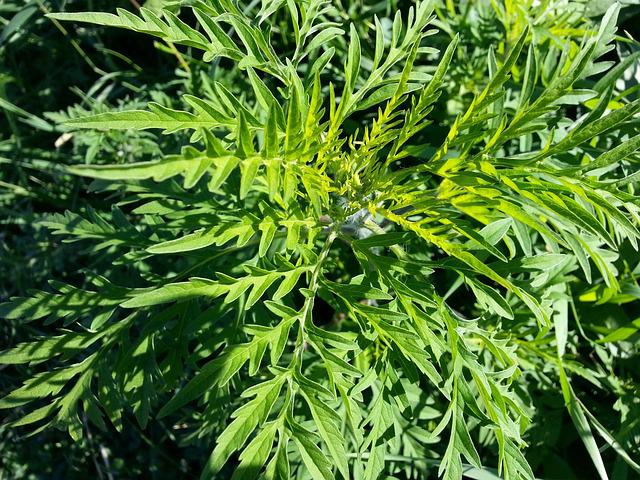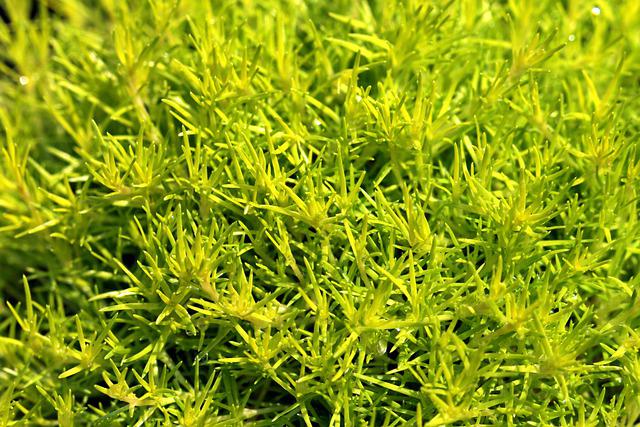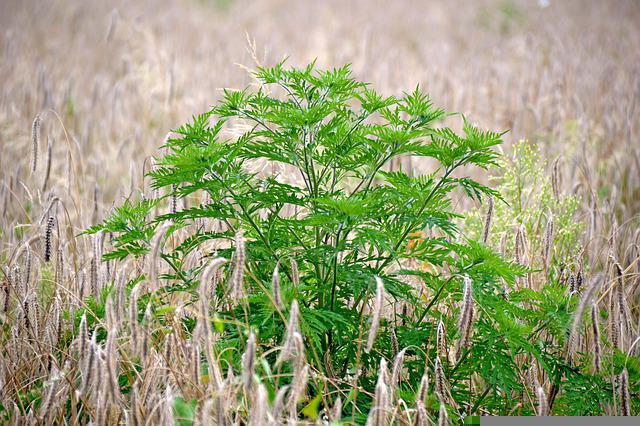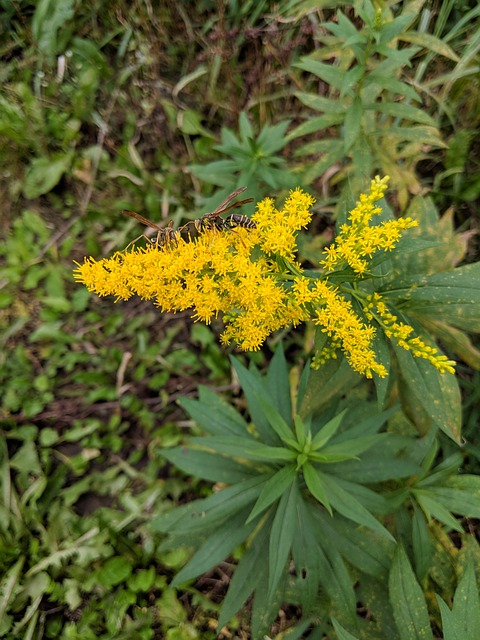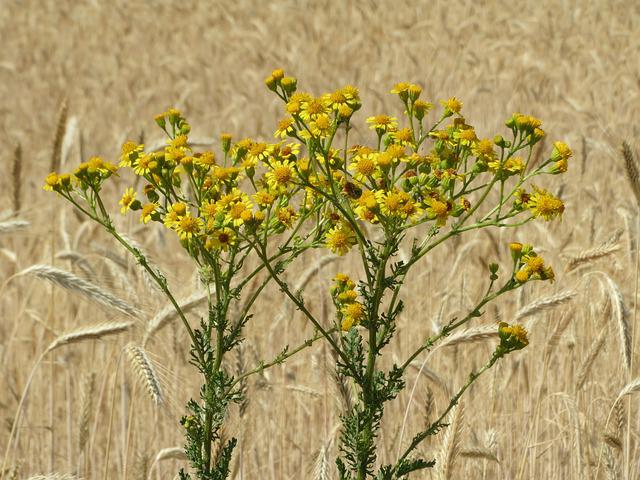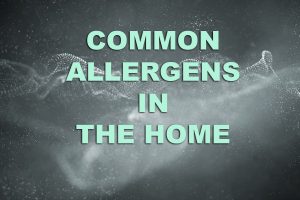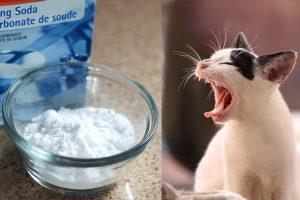Ragweed and Your Carpets
Allergy season is upon us again and the number one allergy offenders are back in full swing. Ragweed causes allergies for more than 23 million Americans, but there is a way to combat the symptoms they cause. Your carpets are traps for pollen that can trigger asthma, congestion, sneezing and wheezing. This can be true if you have carpet in your home or if you work in an office with carpeted floors. Let’s look at how ragweed affects your health and how you can stop it from triggering your allergies
It is one of the number one causes of allergies in fall.
Ragweed is one of the number one causes of allergies in fall. It is a weed that grows in many areas of the country and begins to grow in late summer. The plant peaks during September. The pollen from ragweed causes millions of Americans to suffer from allergies each year. It is sometimes difficult to maintain your health while exposed to it on a regular basis.
The first step towards reducing exposure to ragweed pollen is knowing when you will be most affected by it. During fall months, after mid-August through early November (depending on where you live) are common. If you’re not sure what kind of exposure levels effects you, consult your doctor.
The culprit is the pollen from ragweed plants.
According to the Asthma and Allergy Foundation of America, there are 17 species of ragweed in the United States. Some of the more common species include:
- Annual ragweed (Ambrosia artemisiifolia)
- Common ragweed (Ambrosia trifida)
- Giant ragweed (Ambrosia trifida)
- Western ragweed (Ambrosia psilostachya)
If you suffer from hay fever, asthma or allergic rhinitis, then you may know all about ragweed. It’s a weed that produces a lot of pollen during the summer and fall months. This can make it difficult to breathe and cause other symptoms like runny nose, itchy eyes and sneezing. The main culprits are the short-stalked, yellowish-green flowers that appear before the leaves on mature plants (called panicles).
Ragweed pollen may seem pretty harmless at first glance, but if inhaled in large quantities it can cause major health problems. In fact, studies show that ragweed is one of the most common causes of hay fever in North America!
The plant produces a lot of pollen. Ragweed pollen is a major cause of hay fever, asthma, and allergic rhinitis.
More than 23 million Americans suffer from ragweed related allergies.
Allergy season is here and ragweed is one of the number one causes of allergies in fall.
It’s estimated that more than 23 million Americans suffer from ragweed related allergies. This pollen can be stirred up by pets, children and even vacuuming carpets. It can also end up on your clothes and make you miserable for weeks at a time!
If you suffer from seasonal allergies, it’s important to keep your home clean as possible. Dust mites live in carpeting and rugs, so removing them will reduce allergens and make your home a healthier place to live
Asthma and allergies are more likely to be triggered by dirty carpets in your home.
- They can trap a lot of stuff. Dust, dirt, pollen, pet dander and mold are just the beginning when it comes to common allergens that can build up in your carpets.
- Your flooring is an environment for dust mites and their droppings. They live in your furniture as well as your carpeting.
The National Institute of Allergy and Infectious Diseases reports that while allergies may result from several sources (including mold), approximately one third of people with asthma also suffer from seasonal allergies.
A clean home can reduce allergy symptoms by up to 90%.
A clean home can reduce allergy symptoms by up to 90%. Carpets, in particular, can trap pollen, dust mites, pet dander and other allergens.
A clean home will not only make you feel better, but it will also make your home a healthier place to live.
Reduce allergens and make your home a healthier place to live.
Regular cleaning will reduce the amount of allergens in your home and can also help to reduce the likelihood of asthma attacks or other negative health effects as a result of inhaling allergens. It may seem like a lot of work, but if you have asthma or allergies it’s important to keep your home clean.
If you have children with allergies and asthma, regular cleaning can be especially important since the symptoms from these diseases tend to affect children more severely than adults
Keeping your carpets clean can help prevent allergy attacks caused by ragweed pollen.
Keeping your carpets clean can help prevent allergy attacks caused by ragweed pollen.
Ragweed is a perennial grass, and it’s one of the most common causes of fall allergies. Every autumn, it releases copious amounts of allergenic pollen into the air. This causes millions of people across North America to suffer from runny noses and watery eyes—and for some people with more severe allergies, asthma attacks may occur as well. The best way to protect yourself from these symptoms is by keeping your carpets clean: frequent vacuuming will reduce allergens in your home by removing dust mites, pet dander (which is a significant source of microbial allergens), mold spores and other particles that can trigger an allergic reaction if they come into contact with your skin or mucosal membranes (such as those in the nose).
Manage Ragweed in Your Home
The above points also apply to reasons other than ragweed allergies, such as pet dander, dust mites, and pollen from other plants. It’s a simple way to reduce allergy symptoms by up to 90%. Not only will you feel healthier, but your home will smell cleaner and have fewer allergens in the air. If you need help with steam cleaning or just want some advice on vacuuming more effectively, contact a local carpet cleaning expert. They will be happy to answer your questions.


